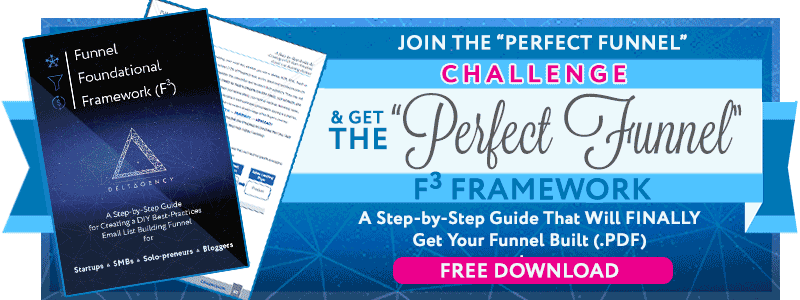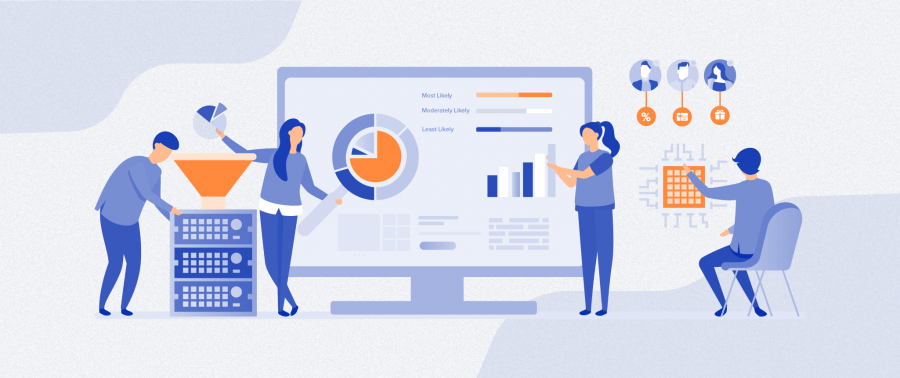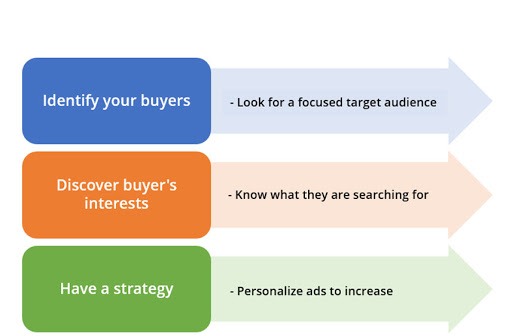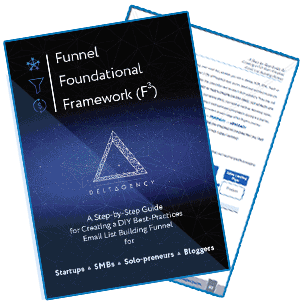What is Intent Marketing (Intent-based Marketing)?
- by Lance Wills
With new technologies and technology service providers hitting the marketing world, the competition between brands is getting more competitive as they get smarter in how they market. In these circumstances, what can a brand do in order to attract more customers? How can a brand lure more visitors? Or perhaps, this isn’t the right question at all.
Now some of you will be wondering isn’t every brand already promoting their products to the best of their abilities? What more can they do in order to ensure that their promotion reaches potential customers? Well, this can be done, by ensuring that the products are marketed at the right time and to the right customers. Because if a marketer manages to do that, then there remains no doubt that he will earn more customers.
But how can one determine the right time for marketing? How can one become sure of approaching the right customers? The answer is simple, engaging with businesses in search of your product or service, perhaps before they even know they are looking. This is called Intent Marketing.
What is Intent Marketing?
Intent marketing is a strategy that is used by nimble startups, and increasingly by top brands to surface companies researching products in your space or complementary products, or using technology on their sites that you can sell into, BEFORE the target company is formally searching for your solution.
It may not result in driving direct traffic, but more so surfacing target prospect companies to feed into your Account-Based Marketing (ABM) initiatives. This type of marketing can be explained as a marketing activity that is driven to hit the buyer’s intent to make the purchasing decision, as displayed by his behavior.
In simple words, intent marketing (also known as intent-based marketing) is basically about determining who those businesses and individuals are, who might be in need of your products or services and then promoting your products to them. Imagine the number of new customers you can secure by following this marketing strategy! But the question that now arises is, how can one determine these ‘right customers’ who might be interested in your products? Well, the answer is in data.
Yes, data is what it all boils down to. Prospects display their intent many times in their search behavior. So, for example, a woman searching for ‘sling bags delivery’ is going to buy a bag soon. If you analyze your prospects and observe their recurring search engine queries or a certain type of engagement that drives them to your website, then you can know who your ‘right customers’ are. After that, all you need to do is to promote your products to them.
However, that direct response tactic is not what we are talking about here. It is more cerebral and does not directly involve your assets. For example, a prospect company’s buyer may be reading blog articles on a certain topic on sites like Forbes, where you have no insight. However, there is a new generation of intent-based data providers that can share exactly this data with you, which you would then use the “company” researching your product or service as an input for your Account-Based Marketing initiatives. Taking this, you would then surface the contact information for the most likely decision-maker (e.g., Title, such as CMO, Director of Marketing, or Marketing Manager)
Now that we understand what intent marketing is, let’s move ahead to the next part.
Cost of Intent Marketing
Marketing your product is a difficult and costly affair. I mean just look at the costs! The average cost of an advertisement on Google Adwords is $2.32/ click, while the cost per click of an online Facebook ad is $1.72.
And if you add to these high costs the uncertainty that resides of whether or not these clicks will convert, then you can calculate the actual costs involved. But what can be done to minimize the risk and to ensure that most of the investments reap benefits? Intent-based marketing.
Yes, with intent marketing at least the marketers can be sure of their customer’s needs and choices. This way they can tailor their content according to their potential customer’s likeness and outreach accordingly. This will help in reducing the acquisition costs and in ensuring that the said costs reap benefits. Hence, intent marketing lowers acquisition and overall costs and is an encouraging marketing tactic amongst successful brands.
Benefits of Intent Marketing
With the help of intent marketing data providers, you can acquire significant information about your potential customers which can help you in achieving your goals. The benefits that this marketing tactic reaps, include-
- It defines ideal customer
Thanks to the intent-marketing tool providers, the marketers now are no more dependent upon the guessing game to identify their potential customers. Now, they can simply use the data to identify an individual’s interest in a product and reach out accordingly.
- Tailor content
The intent marketing data providers tell the marketers what content is most efficient at helping in closing sales. This way the marketers can now be aware of their customer’s likeness as far as the content is concerned and tailor their content accordingly.
- Real-time personalizing
With intent-marketing, the data can now be trimmed according to the customer’s preference in real-time. For example, the “more like these” option, shows the consumers more products that they might like in real-time.
Intent Marketing Data Providers
There are several types of data providers to suit your intent marketing use case.
Bombora provides companies who are reading articles on your topics across some of the most highly-read publishers across the web, including Forbes.
There are a handful of companies that provide technographic data on what kinds of technologies a target company is usings, including BuiltWith, UpLead, ZoomInfo, and most recently RollWorks, among many others.
Data enrichment is another area, which involves expanding the data you have on a company. The clear leader here is ClearBit.
As you can see, there are several different approaches and corresponding data providers. Therefore, you have to get creative and decide what makes the most sense for your Ideal Customer Persona (ICP), and then select the right data provider. Never start the other way around.
Regulations for Intent Marketing
Now that you know what intent marketing is, you can very well understand that it can provide brands with data that they can use to do targeted outreach, tailored advertising, or to personalize their content, but it is also a dangerous slope that should be trodden carefully.
According to GDPR, which is the General Data Protection Regulation that came into effect in May 2018, the marketers are not allowed to identify any particular individual’s information. Hence, ‘any info concerning an identified or identifiable person’ should be protected, however, marketers are allowed to collect ‘anonymous info’ about an individual that identifies his intent but not his identity.
Conclusion
Hence intent marketing is a new tool that is being used by marketers worldwide in order to better understand the demands and interests of potential customers. So, if you yourself are a marketer who is looking for a marketing tactic that can revolutionize your acquisition program then try intent-based marketing. It will definitely help you in earning some new customers!








